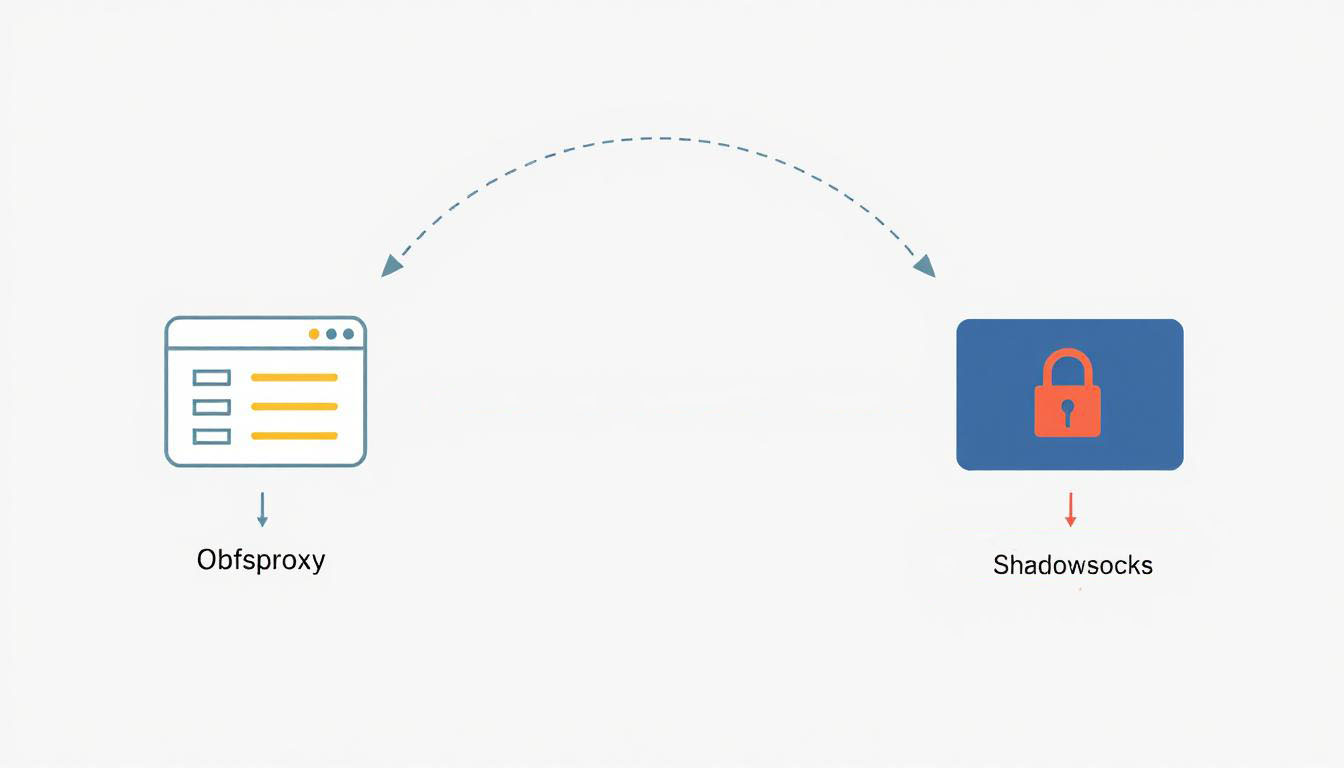Obfsproxy and Shadowsocks: Differences and Similarities
In today’s digital world, privacy and online security have become one of the most important issues. Internet users are looking for ways to access content without restrictions while keeping their identity hidden. In this context, two popular proxy types, Obfsproxy and Shadowsocks, have emerged. In this article, we will examine these two proxies and their differences and similarities.
What is Obfsproxy?
Obfsproxy is developed by the Tor project and can also be used with other VPN protocols, including OpenVPN. While this method is effective for its purpose, it may face the issue of overly randomized data being identified in practice. However, this open-source project can be modified to provide sufficient obfuscation to evade detection tests. In other words, Obfsproxy attempts to present traffic in a normal manner, thus preventing it from being blocked.
What is Shadowsocks?
Shadowsocks, originally designed by a Chinese developer to circumvent the Great Firewall of China, is one of the fastest ways to spoof your geolocation. It is a web proxy based on the SOCKS5 protocol. When combined with VPN encryption, Shadowsocks reduces the usual drawbacks associated with standard proxies and becomes one of the best solutions for obfuscation, disguising VPN traffic as regular HTTPS data packets.
Similarities
- Common Goal: Both proxies, Obfsproxy and Shadowsocks, share a common goal of protecting privacy and bypassing censorship.
- Encryption: Both tools use encryption techniques to protect data and strive to hide users’ internet traffic from the view of censoring authorities.
- Use in Censorship Conditions: Users in countries with internet restrictions typically utilize both proxies to access online content and services.
Differences
- Developer: Obfsproxy is developed by the Tor project, while Shadowsocks is created by independent developers and the user community.
- Encryption Methods: While Obfsproxy primarily focuses on transforming traffic into an unidentifiable form, Shadowsocks focuses more on creating a fast and efficient proxy using various encryption protocols.
- Complexity and Configuration: Obfsproxy may require more complex configuration, and some users may face challenges in using it. In contrast, Shadowsocks is generally more user-friendly and easier to set up.
- Performance: In real-world conditions, Shadowsocks typically offers higher speeds, while Obfsproxy may cause slower performance in some cases.
Conclusion
Ultimately, the choice between Obfsproxy and Shadowsocks depends on your specific needs and circumstances. If you are looking for a more complex and reliable solution to hide your internet traffic, Obfsproxy is a suitable option. However, if you seek a fast and user-friendly proxy to bypass restrictions, Shadowsocks is likely the best choice.

